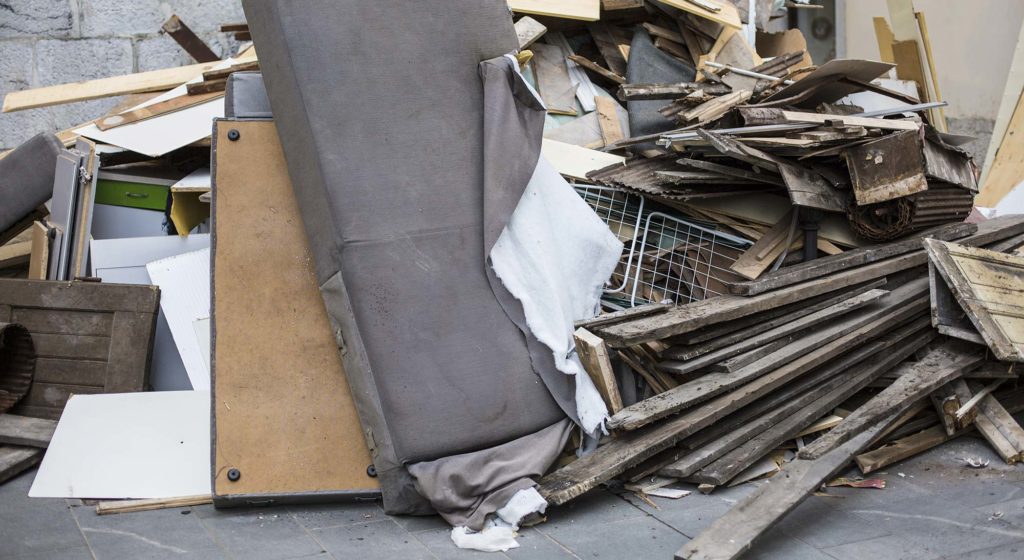The busy city of Sydney is catering to different commercial and industrial businesses in the country. Being the most populous city in Australia, people incline to choose convenience because of their hectic schedules. It is also the reason why Sydney is one of the highest contributors of wastes every year.
Based on the NSW Waste Report 2018-2019, NSW generated 3.66 million tonnes of domestic waste, and Sydney was responsible for 50.3% of them. From the 1.84 million tonnes, 54% (847,000 tonnes) were sent to the landfills. If you think that this is an acceptable figure, think twice since landfilling also emits greenhouse gases.
If landfills would not be regulated, these gases can increase the effects of climate change, globally. We need to solve Sydney’s landfill problems now, so we don’t regret it later.
Current State of Sydney’s Landfills
There are three vital landfills in Sydney. Two sites, operated by Suez at Lucas Heights and Veolia, can take organic waste. Meanwhile, the third landfill is a non-organic waste plant located at Eastern Creek. Based on EPA’s latest figures from 2015, they estimate Sydney’s spare landfill capacity at 2.1 million tonnes per year. Even though we have reserved landfill areas, we need them now more than ever.
Our country used to import wastes to China. However, since they banned the deal, most of our rubbish ends up in our landfills or waste recovery facilities. Along with that, the population keeps increasing, and the construction of establishments continues to bloom. Ultimately, we would face waste statistics on a scale we cannot even control.
Although landfilling is our number one option for waste disposal, we should not abuse its use. Decaying wastes from landfills emit methane, 84 times more potent than carbon dioxide and a component of greenhouse gases. That’s why regulation and waste avoidance are crucial to help maintain our landfill spaces.
Solutions for Sydney’s Landfill Problems
According to Jeff Angel, Total Environment and Centre executive director, it would be hard now to build a new landfill in Sydney for the next ten years. He also believes that we are landfilling too much. So, the government should take the necessary steps and implement strict waste management programs.
Citizens and councils must act together to regulate and maintain landfill use. Here are some helpful ways to do that:
Waste Avoidance and Reduction
There will be lesser waste in landfills if we opt to reduce and avoid too much rubbish generation. As authorities continue to implement waste management plans, it is our duty as citizens to follow.
For example, they are now phasing out single-use plastic bags. Also, note that paper bags also contribute to waste pollution. So, bringing eco-bags for our groceries or other purchased items is better.
Here are some other simple steps to achieve waste avoidance and reduction:
- Avoid one-time-use plastics such as straws, beverage bottles, and disposable cutlery.
- Use metal straws, tumblers, and washable cups and utensils.
- If possible, purchase wholesale items to avoid more wastes from the packaging.
- Don’t buy unnecessary items that you would soon throw away.
- Avoid take-out as much as possible.
- Only eat what you can handle.
- If you can, be a vegan.
Recycle More
The government initiated the Waste Less, Recycle More Initiative to control our landfill problems. So, along with waste avoidance and reduction, recycling is crucial to help save our landfill spaces.
Especially for bulk and high-recyclable materials such as metals and construction debris, we should divert them to landfills. For waste recycling ideas, check this article.
Deal with Landfill Toxins
Aside from releasing methane gases, landfills waste also emit toxins depending on their type. For instance, electronic products contain arsenic, acids, and lead. The underlying soil and groundwater can absorb them and contaminate the water of nearby communities if ignored.
Authorities should construct a landfill liner system to deal with landfill toxins. It drains the leaked substances through a collection of pipes and discharges them to a sewer. The process can retain, incinerate, or convert these toxins into fertilisers.
Conclusion
As a busy city, Sydney generates about half of the total of NSW’s waste generation. So, we can expect that we are also dealing with landfilling problems.
However, with proper waste management, avoidance, reduction, and recycling, we can help solve our Sydney landfill spaces.
And if you ever need assistance with your rubbish problems, Aussie Junk is one call away. Our skilled and expert junk removalists can take all kinds of rubbish in your area quickly and efficiently. We tailored our removal services according to your needs.
Don’t worry about landfilling since we always make sure to divert waste from dumping sites and prioritise recycling as much as possible. For more than 20 years in the industry, we have developed partnerships with trusted recycling centres all over Sydney.
Solve your rubbish problems with our reliable but affordable rubbish removal services! Contact us at 0435 569 921 or send your enquiries through email.

